Art World
Fusing Creativity of All Mediums, Helsinki Opens a Futuristic Art Bunker on the Site of the 1940 Olympics
The Amos Rex museum is opening its doors this week with a show by the Japanese collective teamLab.
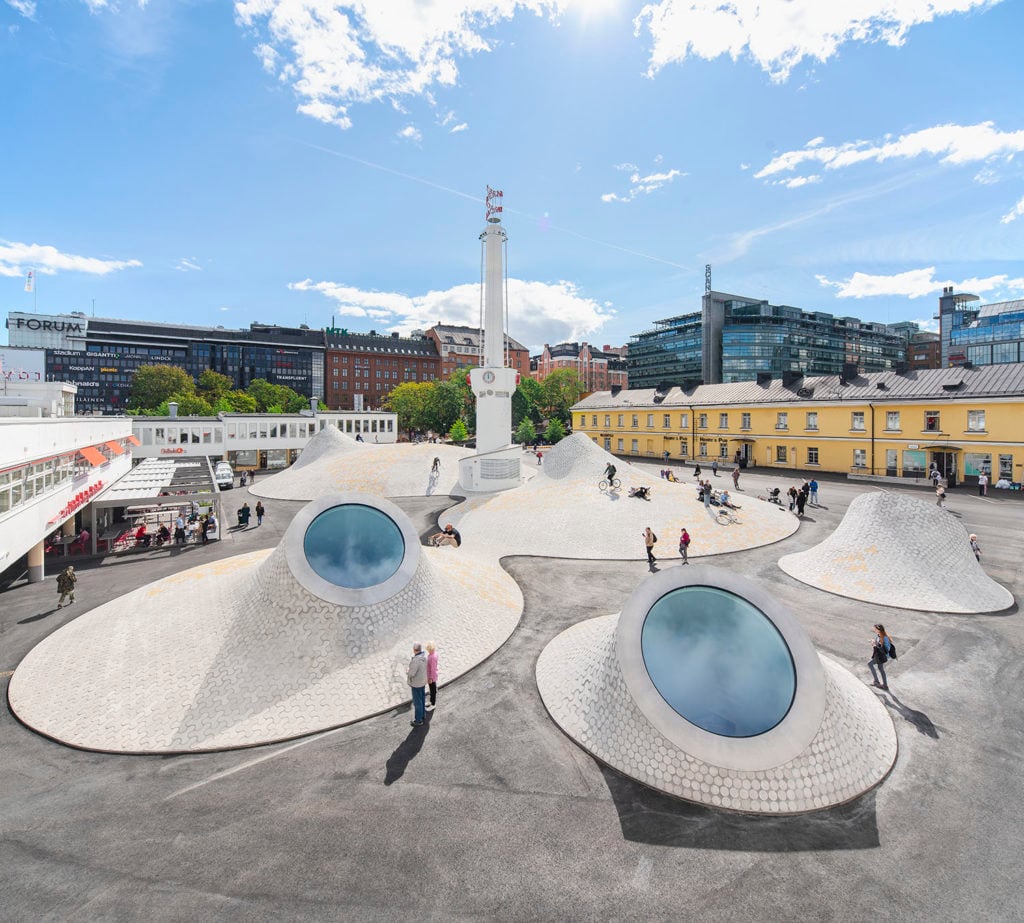
The Amos Rex museum is opening its doors this week with a show by the Japanese collective teamLab.

Michael Hunt

The Helsinki city council may have turned down a proposal to build a Guggenheim museum there in 2016, but the Finnish capital is set to get another cutting-edge museum, the Amos Rex, this month.
Although it isn’t opening until August 30, the institution’s origins actually date back to 1935. That year, three young Finnish architects were given carte blanche to design a building in Helsinki for the 1940 Summer Olympics, on a site where civil war had destroyed an army barracks 17 years prior. They had no restrictions because the structure was to be temporary. When the games were over, it was to be torn down and replaced by a high-rise building.
What they created was a curiously striking low-slung, city block-long structure with offices, restaurants, and a movie theater. Designed in the popular functionalist style of the times, its many windows gave rise to its name, Lasipalatsi, the Glass Palace.
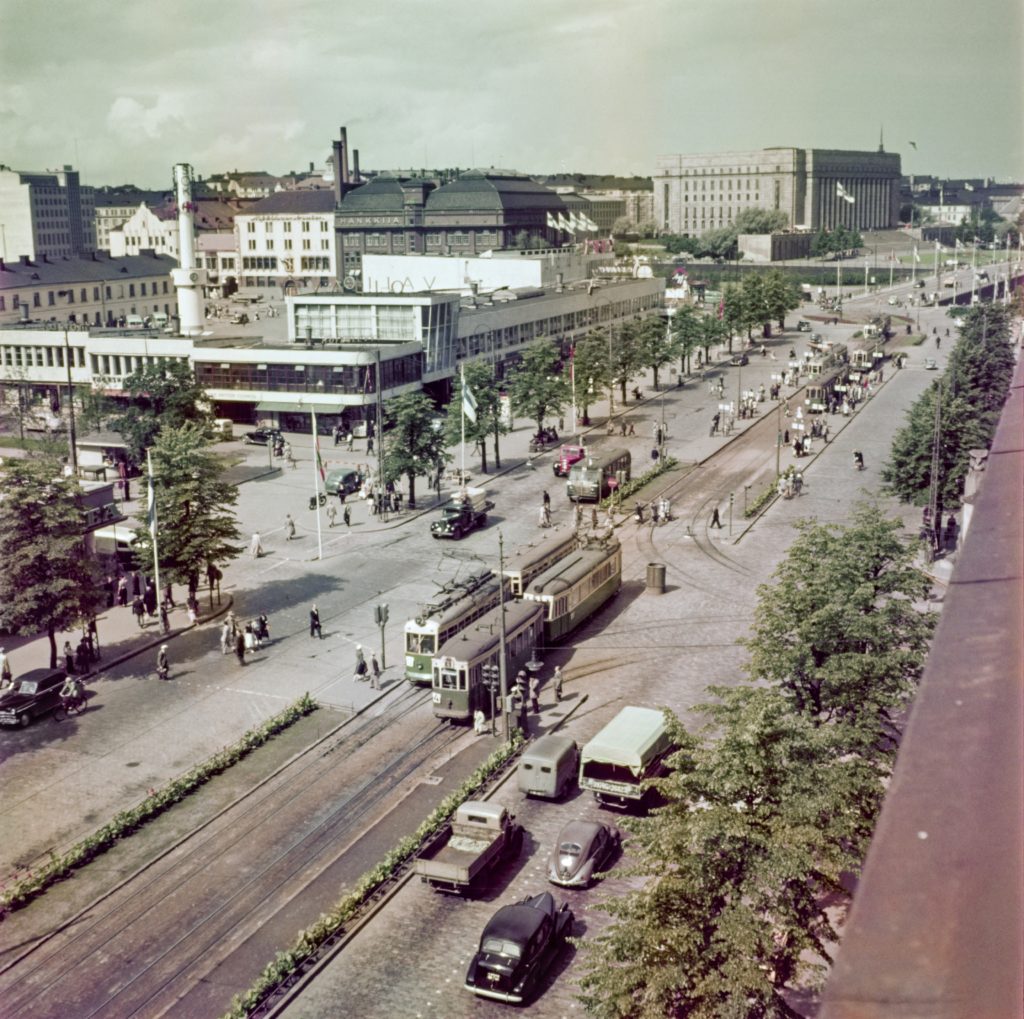
A 1952 photograph of Lasipalatsi. Courtesy of the Amos Rex Art Museum.
Over the years, Lasipalatsi’s death sentence was commuted, first by World War II, which delayed the Olympics until 1952, and then by economic hardships that postponed new construction. Eventually, it became a protected and beloved art-deco showpiece in the center of Helsinki, gaining modernist masterpiece status from the preservationist organization Docomomo International.
Yet despite its enormous aesthetic appeal, Lasipalatsi became a financial burden for the city of Helsinki by the 1980s.
Nearby, in 2010, the Amos Anderson Art Museum was also struggling. Known for its collection of 19th– and 20th-century Finnish art, the museum was no longer viable in the 105-year-old neoclassical home of its late benefactor, Amos Anderson, an art collector, newspaper publisher, and member of Finland’s parliament. “It is a very charming old house,” said museum director and CEO Kai Kartio, “but not practical at all. It was not possible going forward.”
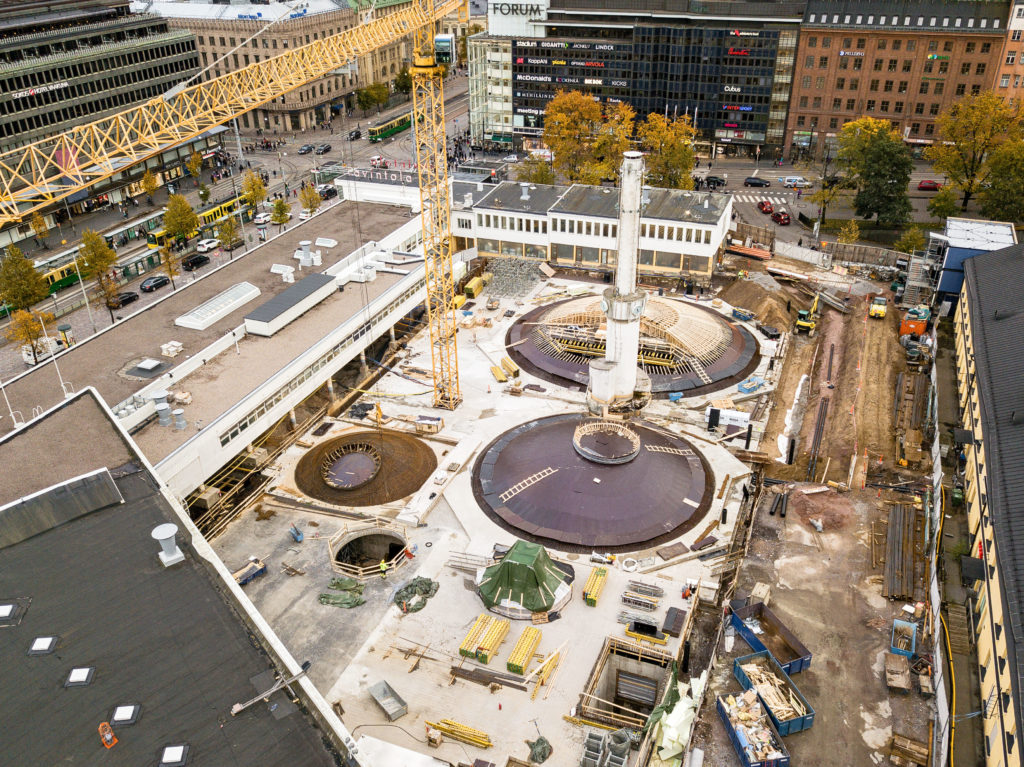
The construction site at the Amos Rex Art Museum in Helsinki. Photo: Tuomas Uuesheimo, courtesy of Amos Rex.
A solution for both Helsinki icons was realized when Amos Anderson bought most of Lasipalatsi and moved its rebranded museum, the Amos Rex, on site. Scheduled to open on time and on budget, the €50 million privately funded Amos Rex has been chosen by the BBC as one of Europe’s most innovative new architectural spaces for 2018. Amos Rex will feature rotating exhibitions of contemporary and experimental art, classical and 20th-century modernism, and, occasionally, ancient art.
Lasipalatsi’s protected status meant Amos Rex could not build atop its courtyard, which once served as a bus terminal, so Helsinki’s JKMM Architects excavated to create a 23,350-square-foot exhibition hall underground, featuring a multi-domed space that mimics the modernist lines of Lasipalatsi. With skylights adorning the domes to bring in natural light, Kartio said the hall would allow the Amos Rex to better display forms of experimental and interactive art. Fittingly, the museum’s inaugural show is “Massless,” a series of digital projections and immersive installations by the art and design collective teamLab.
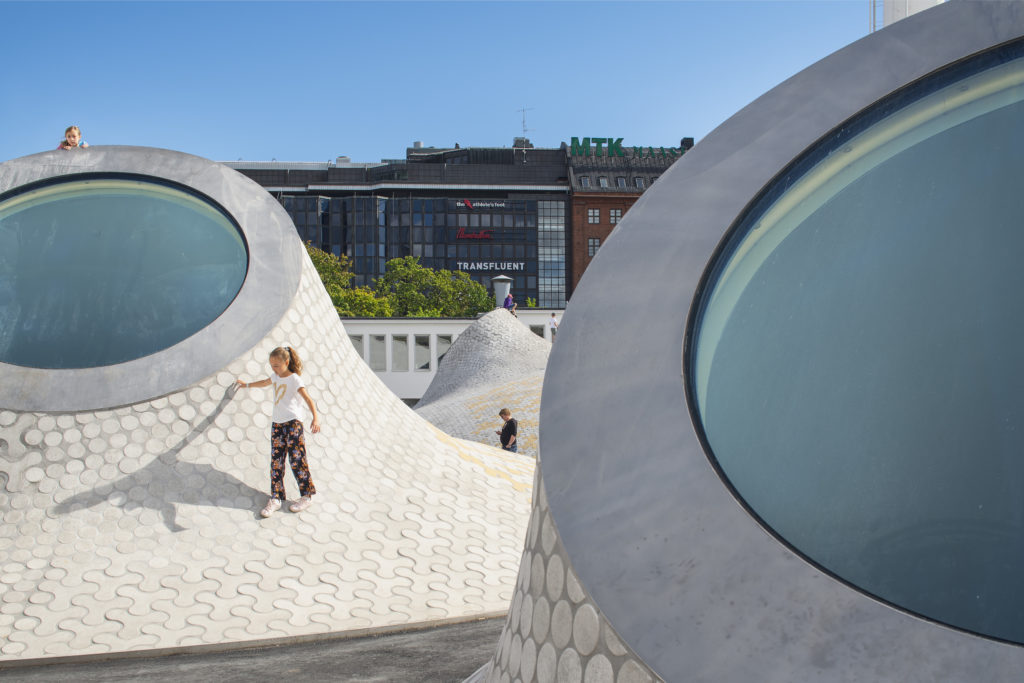
Children climbing atop the Amos Rex Art Museum. Photo: Mika Huisman, courtesy of Amos Rex.
On the surface plaza, the public is free to climb on the domes, each topped with round windows. The architects preserved a central clock tower, once a smokestack, to tie the outdoor space together and serve as the museum’s air-ventilation system.
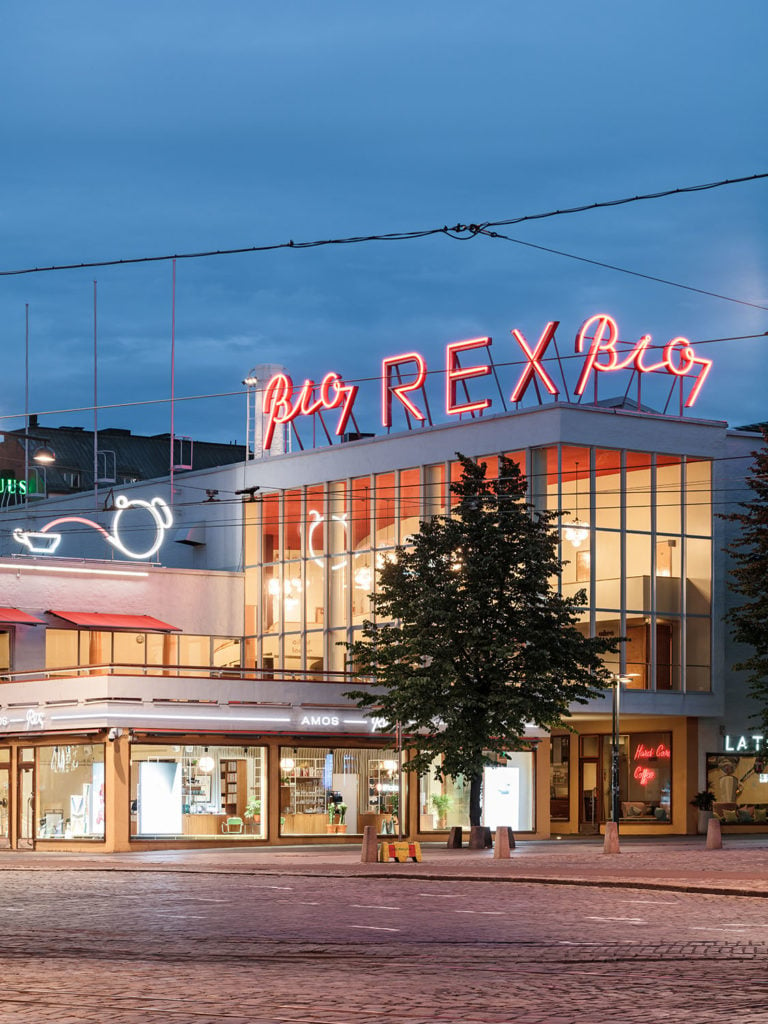
Amos Rex, 2018. Courtesy of Amos Rex Art Museum, photo © Tuomas Uusheimo.
The Amos Rex’s new name was inspired by Lasipalatsi’s movie theater, the art-deco Bio Rex, which will serve as the museum’s main entrance and underground gateway. Closed a decade ago, the 590-seat Bio Rex has been restored to its original splendor and will show art-house and alternative films, mostly on weekends, while also playing host to film festivals and seminars.
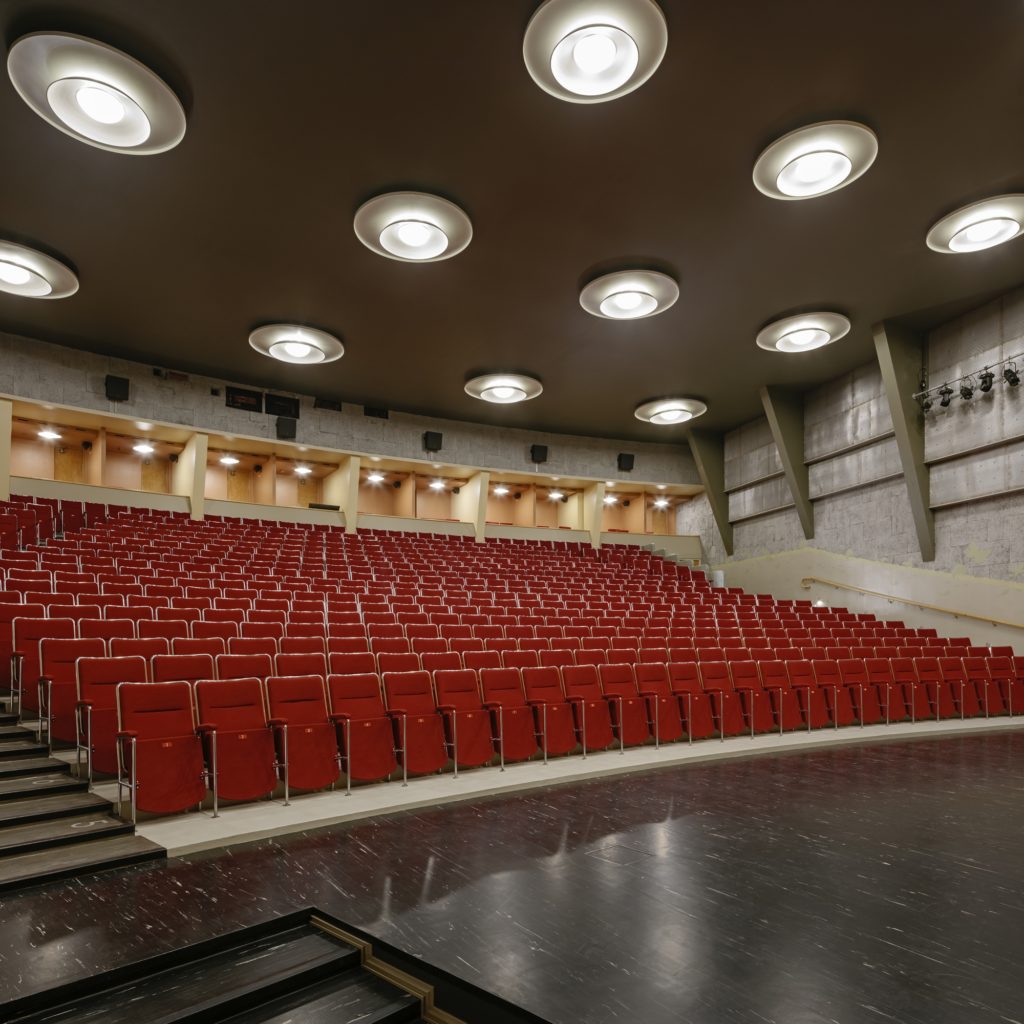
The theater inside the Amos Rex Art Museum in Helsinki. Photo: Tuomas Uuesheimo, courtesy of Amos Rex.
For Helsinki, internationally regarded as a center for design, the Amos Rex will help create a new museum district. Located on Helsinki’s main thoroughfare, Mannerheimintie, the institution is across the street from the ultra-modern Kiasma, Finland’s leading museum for contemporary art. Nearby is the neoclassical Ateneum, the country’s premier museum for fine art, as is the Helsinki Art Museum, located in Tennispalatsi (Tennis Palace), another 1930s repurposed functionalist structure.
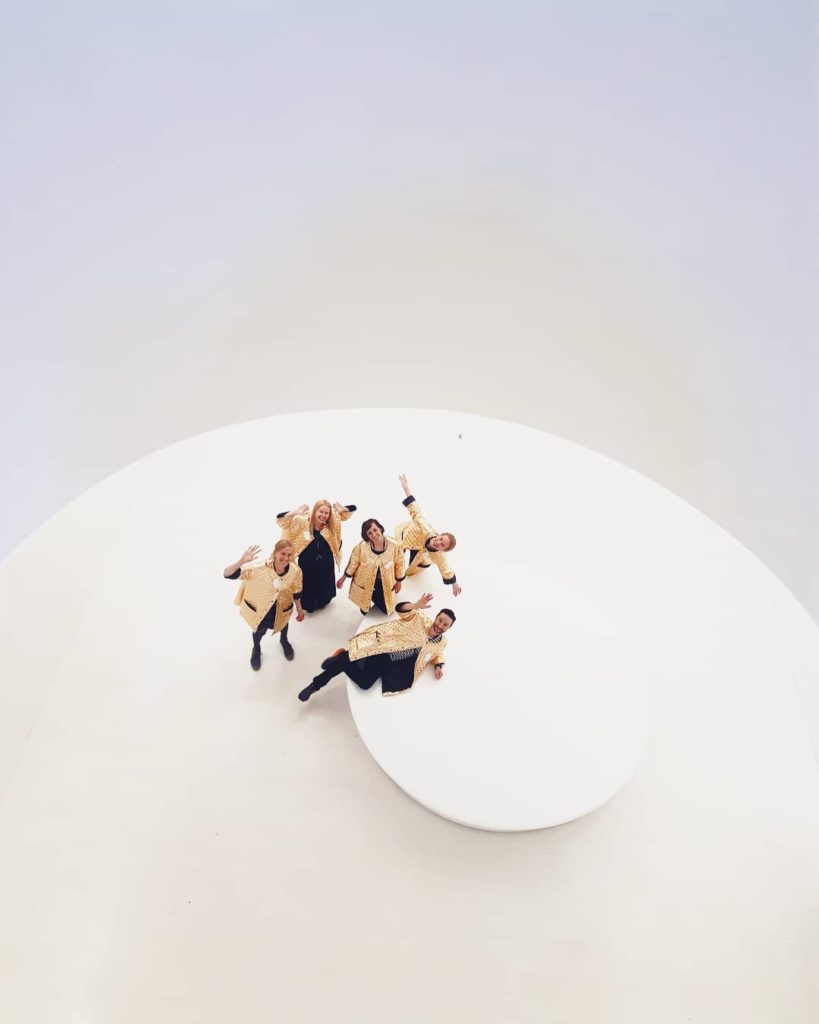
Prior to the Museum’s opening. Photo via Instagram.
“Together we are stronger,” Kartio said. ” It creates sort of a Helsinki museum mile. We are all very close to each other. We are not competitors. We don’t take visitors from each other. We bring visitors to each other. We are collaborating very closely and will have joint marketing, joint ticketing and things like that.” He projects that 200,000 visitors will attend Amos Rex in its first full year.
Kartio said relocating to the Lasipalatsi was an easy decision for its availability, appeal as a cherished civic treasure, and its location. Amos Rex bought most of the building for the movie theater, a gift shop, and to house its offices, while the city of Helsinki will continue to hold leases on the property’s restaurants, bars, and shops. “We like it because it’s absolutely central,” he said. “We wanted to make it as accessible as possible, as easy to visit as possible, and everyone knows where it is.”
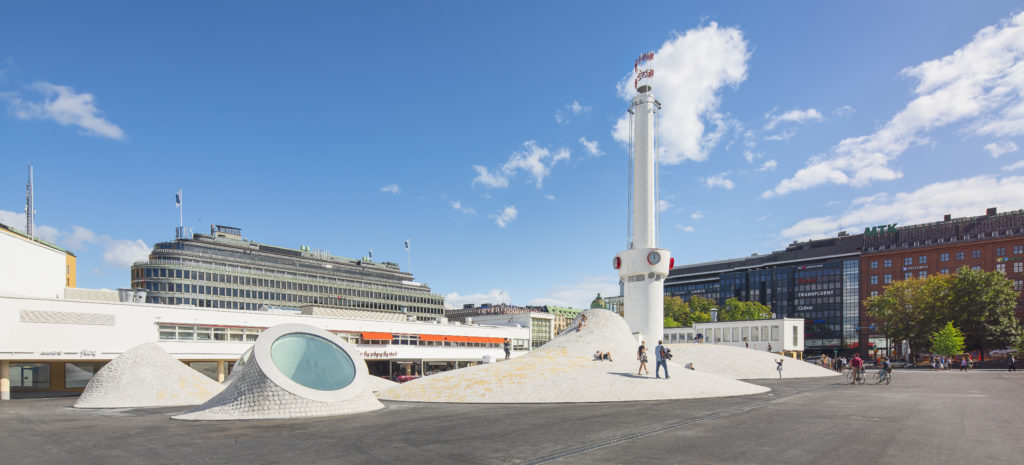
The Amos Rex Art Museum. Photo: Mika Huisman, courtesy of Amos Rex.